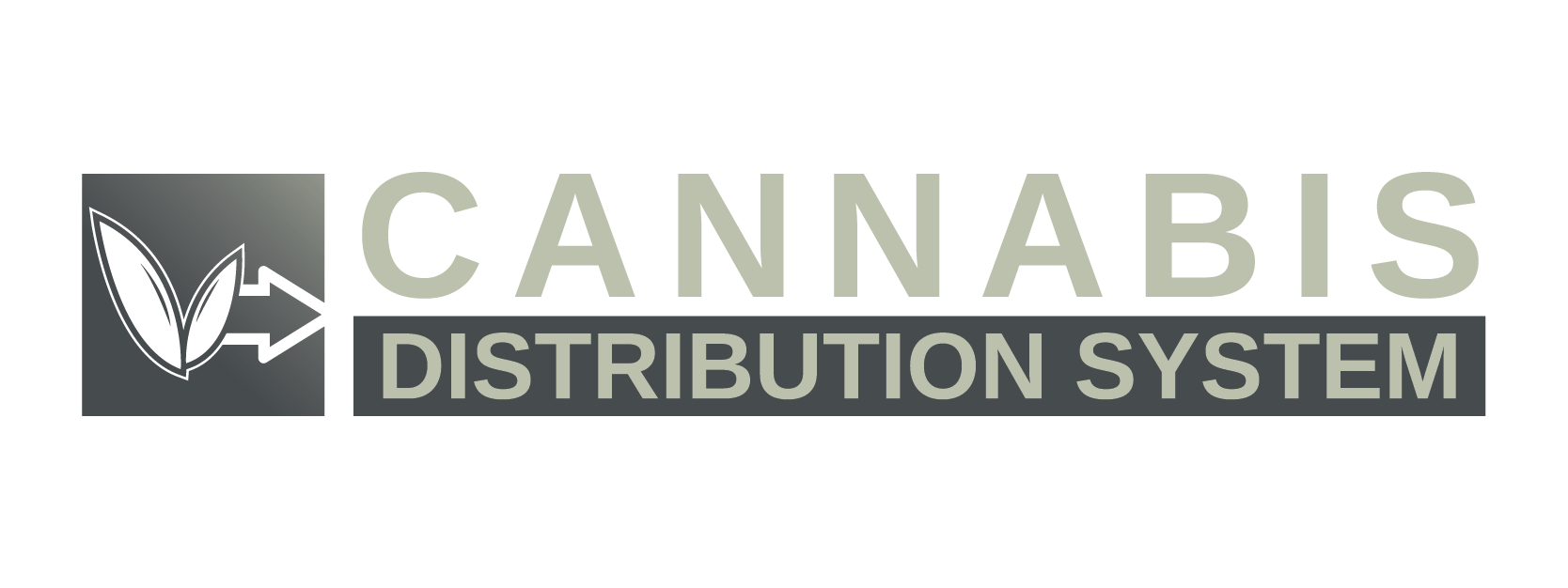In the cannabis industry, the moments following harvest are just as critical as the cultivation process itself. Once the plants are cut, a seamless transition through drying, curing, trimming, packaging, and distribution is essential to preserving product quality, meeting compliance regulations, and ensuring timely delivery. This post-cultivation workflow is where operational excellence turns good cannabis into great business.
Harvesting: The First Step in Precision
Post-cultivation begins with harvesting at peak maturity, often based on trichome coloration, lab data, and environmental cues. Precision harvesting ensures that THC and terpene levels are optimized. Teams must act fast to record weight, strain, and batch data immediately, typically using integrated cultivation software and mobile apps to maintain compliance from the very start.
Efficiency here hinges on training and structure. A standardized harvesting protocol—paired with digital input systems and barcoded tags—ensures traceability and minimizes handling time. Clean tools, sanitized stations, and pre-assigned roles all help reduce cross-contamination and boost productivity.
Drying and Curing: The Art of Patience
Once harvested, cannabis moves into drying rooms, where it’s carefully hung or racked in temperature- and humidity-controlled environments. This phase removes moisture while preserving cannabinoids and terpenes. Facilities using IoT-based sensors and automated climate control are ahead of the curve, reducing the need for manual checks and preventing mold or overdrying.
The curing process follows: placing dried cannabis in sealed containers for several days or weeks to refine flavor and aroma. During this time, operators often use batch-tracking software and daily quality assessments to monitor conditions and readiness for the next stage.
Trimming and Sorting: Automating with Precision
Trim time can be labor-intensive, but it’s also an opportunity to define product tiers. Machine trimming has evolved, now offering gentle yet effective options for larger-scale producers, while hand trimming remains the gold standard for premium flower. High-end sorting equipment can grade buds based on density, size, and appearance, preparing them for packaging or extraction.
Streamlining here often involves organizing staff workflows, assigning product classes, and creating specific outputs like top-shelf buds, smalls, and trim—all synced with inventory systems in real time.
Packaging and Labeling: Compliance Meets Branding
With cannabis regulated down to the gram, packaging and labeling must be meticulous. Regulations vary by state, but all require child-resistant containers, proper dosage information, THC content, and tracking codes. Many businesses are investing in automated packaging lines integrated with compliance software to reduce error and increase throughput.
At this stage, brands also make key marketing decisions—choosing sustainable materials, eye-catching designs, and differentiated product lines. Batch numbers and barcodes must align with both the state’s track-and-trace system and the internal ERP.
Inventory Management and Distribution Prep
The packaging department hands off to inventory control, where each unit is logged and prepped for shipment. Cannabis storage requires environmental safeguards and robust tracking, with RFID tags or barcoded systems enabling efficient audits and chain-of-custody logs.
Efficient warehouses are now using cannabis-specific ERP tools that update inventory levels in real time, allocate orders to distributors, and alert operators to aging inventory.
Transportation: The Final Mile
Transporting cannabis demands specialized logistics. Drivers must be licensed, routes must be secure, and manifests must be precise. GPS tracking is typically required, with some distributors using geofencing to ensure vehicles stay on approved paths.
Cold-chain transport, armored vehicles, and secure storage hubs are increasingly common, especially for high-volume or high-value products. Digital delivery logs, real-time updates, and automated compliance alerts help ensure every delivery remains safe and legal.
Conclusion
The post-cultivation workflow is a complex chain that relies on precision, timing, and technology. Streamlining these operations—harvest through transport—helps cultivators preserve quality, stay compliant, and meet market demand. As the cannabis industry becomes more competitive, those who master this transition will lead the field.

